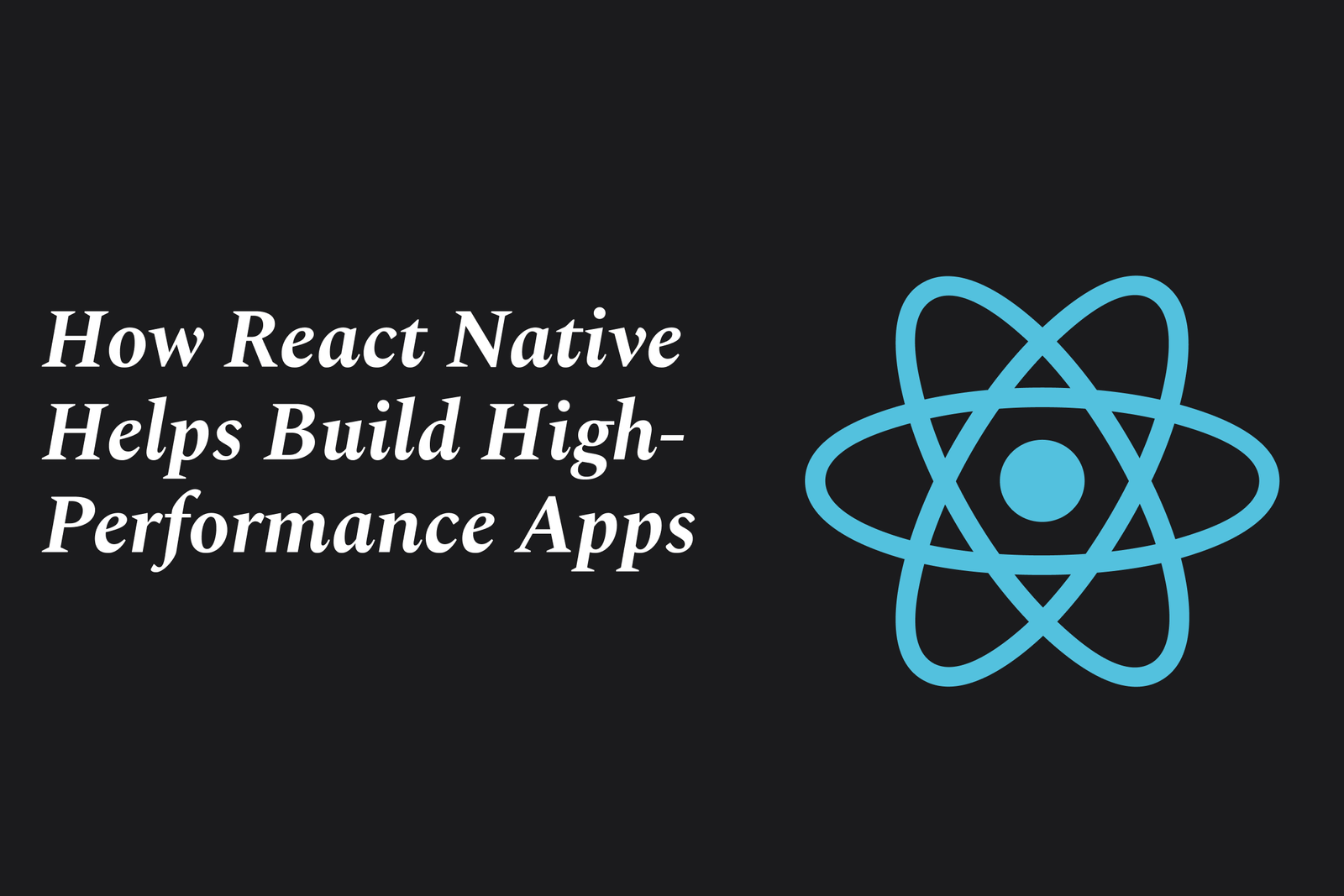React Native and WebAssembly: The Next Frontier?
React Native enables cross-platform native apps using JavaScript and React, while WebAssembly offers near-native performance for running code in any environment. Together, they represent the next frontier for building fast, portable, and secure apps across mobile and web platforms.
React Native and WebAssembly: The Next Frontier?
1 ) Introduction to React Native
React Native is a popular JavaScript framework developed by Meta that allows developers to build truly native mobile applications for Android, iOS, and other platforms using React. It translates React components into native platform UI elements, providing a smooth, high performance user experience. Its core includes platform agnostic components like View, Text, and Image, which directly map to native UI elements.
2 ) Advantages and Ecosystem of React Native
React Native embraces the “learn once, write anywhere” philosophy, supporting cross platform app development without compromising native performance.
It benefits significantly from frameworks such as Expo, which enhances development productivity by providing file based routing, universal modules, easier native code integration, and developer tools like Expo Go and expo dev client.
The React Native community, comprising major contributors like Callstack, Microsoft, and Expo, continuously pushes innovations, expanding support beyond mobile to platforms such as Windows, macOS, and Web.
3 ) Using React Native With or Without Frameworks
While React Native can be used standalone, leveraging a framework such as Expo is highly recommended. Frameworks provide essential app building APIs, navigation, and native dependencies pre packaged, saving time and reducing complexity. Without a framework, developers must build solutions from scratch or integrate disparate libraries, complicating maintenance and scalability.
4 ) Overview of WebAssembly (WASM)
WebAssembly is a binary instruction format designed to run code at near native speed within a safe, sandboxed virtual machine environment. It is a portable compilation target for multiple programming languages (C/C++, Rust, Go, etc.) enabling cross platform execution across browsers, servers, and even IoT devices. WASM aims to deliver the “compile once, run anywhere” promise more effectively than containers due to its lightweight and platform agnostic nature.
5 ) WASM’s Benefits and Use Cases
WASM provides near native performance with efficient memory management, making it suitable for computationally intensive web applications such as 3D games, VR, video editing, CAD, and complex server workloads.
It supports sandboxed execution ensuring security, and runs across all major operating systems and devices with standard runtime support.
Developers can leverage WASM runtimes on constrained environments, IoT, edge computing, and cloud native infrastructures.
6 ) WebAssembly vs Containers
Unlike container technology, which often depends on Linux specific kernel features and requires virtualization layers on other platforms, WASM offers true cross platform portability without heavy dependencies or separate VM setups. This makes it especially promising for next generation cloud native development and lightweight application deployment.
7 ) The Future Intersection of React Native and WebAssembly
Though currently React Native primarily runs JavaScript via JavaScriptCore or Hermes engines, the growing maturity of WebAssembly offers an exciting frontier. Combining React Native’s UI paradigm with WASM’s performance and portability could enable new architectures for native app development, improved cross platform capabilities, faster startup times, and enhanced security.
8 ) Conclusion
React Native has revolutionized native app development with a familiar React model and native performance, while WebAssembly is emerging as a groundbreaking technology for portable, secure, and high performance code execution across diverse environments. The convergence of these technologies represents a compelling next frontier that could reshape how developers build scalable, flexible, and efficient apps across mobile, web, and cloud platforms.
https://justacademy.in/news-detail/android-device-update-policies
https://justacademy.in/news-detail/react-native-testing-tools-you-didn?t-know-existed
https://justacademy.in/news-detail/the-rise-of-react-native-in-iot-applications
https://justacademy.in/news-detail/how-flutter-is-dominating-cross-platform-app-development
https://justacademy.in/news-detail/firebase-updates-for-flutter-apps
Related Posts
Java supports GDPR and data privacy by enabling secure data handling through encryption, controlled access, and precise data management. It allows developers to minimize PII exposure, ensure data confidentiality, and design workflows that comply with data protection regulations effectively.
Java code quality tools have evolved to include advanced static analysis, integrated security checks, and AI-powered code reviews. These updates help developers detect bugs, enforce coding standards, and enhance security, streamlining the development process and improving overall code reliability.
Java remains a cornerstone in big tech companies, evolving with modern features like records, pattern matching, and virtual threads. Its robust ecosystem, enhanced performance, and growing AI integrations keep it vital for both legacy systems and innovative new projects.
Java and CI/CD pipeline optimizations streamline Java application development by automating builds, tests, and deployments. They improve efficiency through parallelization, caching, and secure secrets management, enabling faster feedback loops and more reliable, scalable software delivery.
Java supports modern cryptography standards through its flexible Java Cryptography Architecture (JCA), enabling integration of advanced algorithms like AES, EdDSA, and post-quantum tools. Libraries like Bouncy Castle offer FIPS-certified, hardware-accelerated implementations for secure development.
Java 23 enhances record patterns by enabling concise, direct destructuring of record components within pattern matching, simplifying type checks and data extraction. This improvement boosts code readability and expressiveness by reducing boilerplate in handling immutable data classes.
Java remains a top choice for mobile app backends, powering scalable, secure, and high-performance server-side solutions. Latest trends include cloud-native microservices, reactive programming, and enhanced JVM optimizations, enabling efficient, flexible, and robust mobile backend development.
Java SE 24 and LTS Java SE 21 offer enhanced features and performance, while Apache Spark 4.0.0 introduces Scala 2.13 support and advanced ML and SQL capabilities. Together, they empower developers to build scalable, high-performance data applications with modern tools.
JUnit 5 modernizes Java testing with a modular architecture, improved assertions, and seamless Java 8+ support. Beyond JUnit, tools like Mockito and AssertJ enhance mocking and assertions, creating a powerful, flexible ecosystem for writing clean, efficient Java unit tests.
Java plays a pivotal role in cloud automation tools by providing a robust, platform-independent language used to build scalable automation frameworks like Jenkins and Selenium, enabling efficient CI/CD pipelines, testing, and orchestration across diverse cloud environments.










